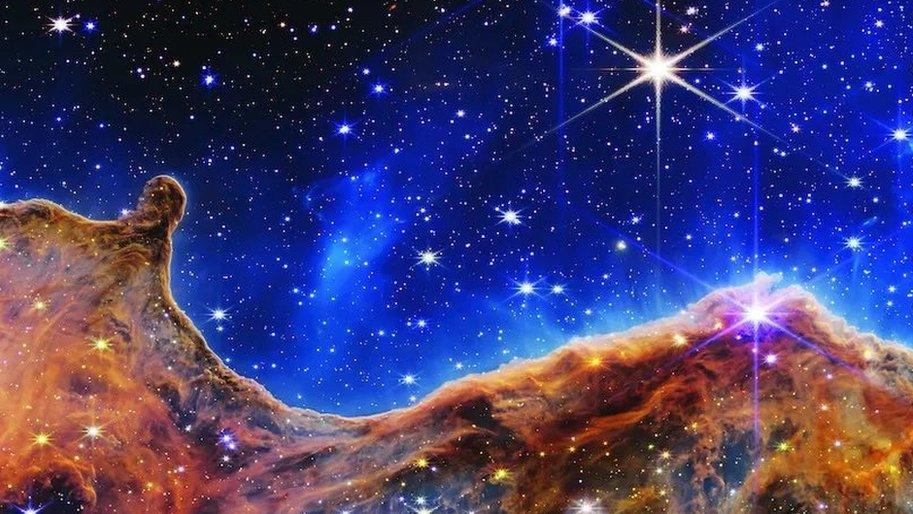Massive asteroid collision detected thanks to James Webb Telescope
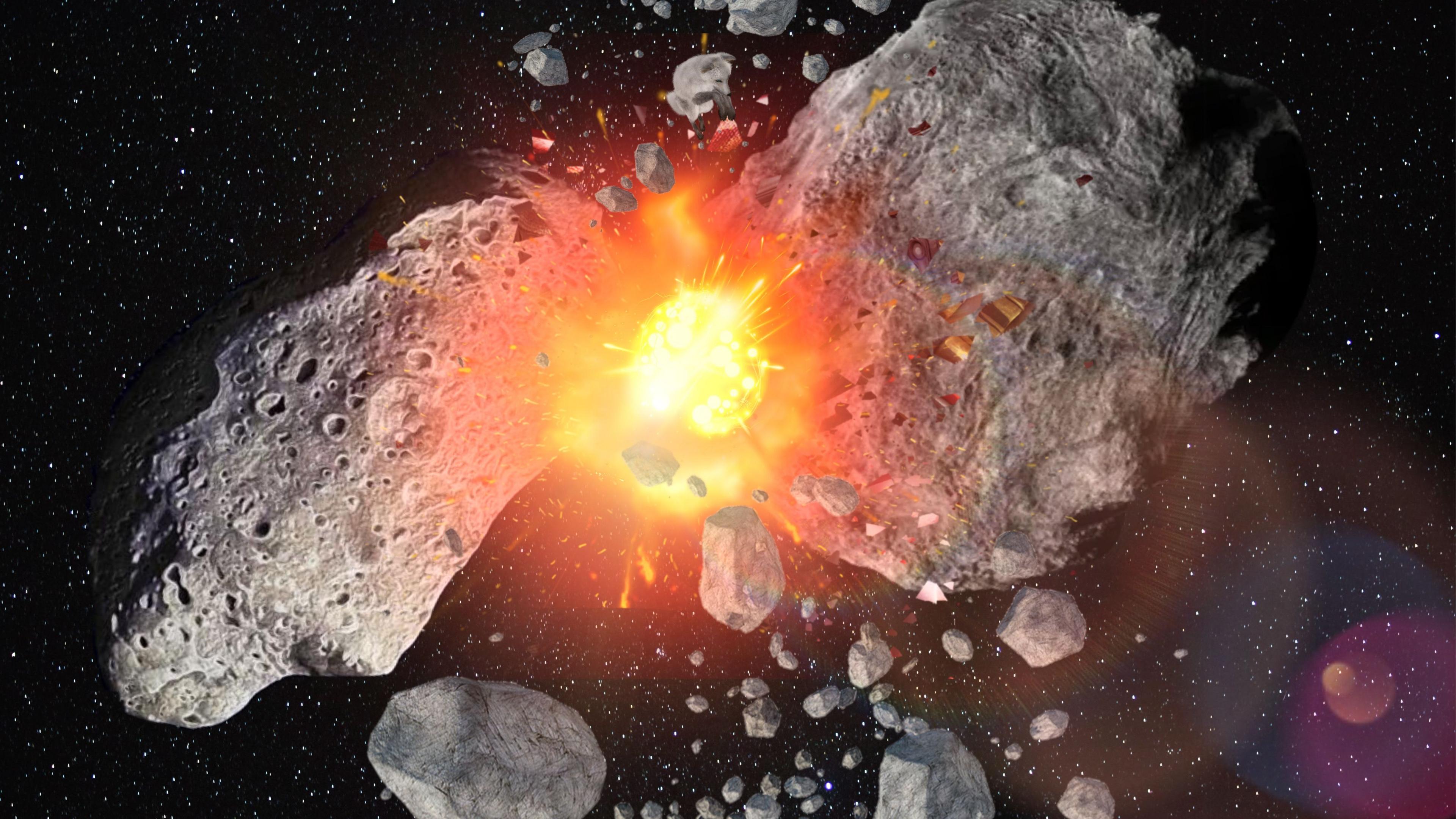
A created image of asteroids colliding
- Published
The James Webb telescope (JWST) has detected evidence of asteroids colliding with each other in a star system.
The dust and rocks ejected into space from the collision, is around 100,000 times more than the asteroid impact with Earth that wiped out the dinosaurs.
The asteroids were seen smashing together in Beta Pictoris, a star system located about 63.4 light-years away.
It's a pretty young star system, and scientists are hoping these discoveries from the James Webb could teach us about our own solar system's early years.
Latest space news:
Frost spotted on top of volcanoes on Mars
- Published11 June 2024
Most kids believe they'll travel to space - do you?
- Published6 June 2024
Delayed Boeing Starliner docks into ISS
- Published7 June 2024
What is Beta Pictoris?
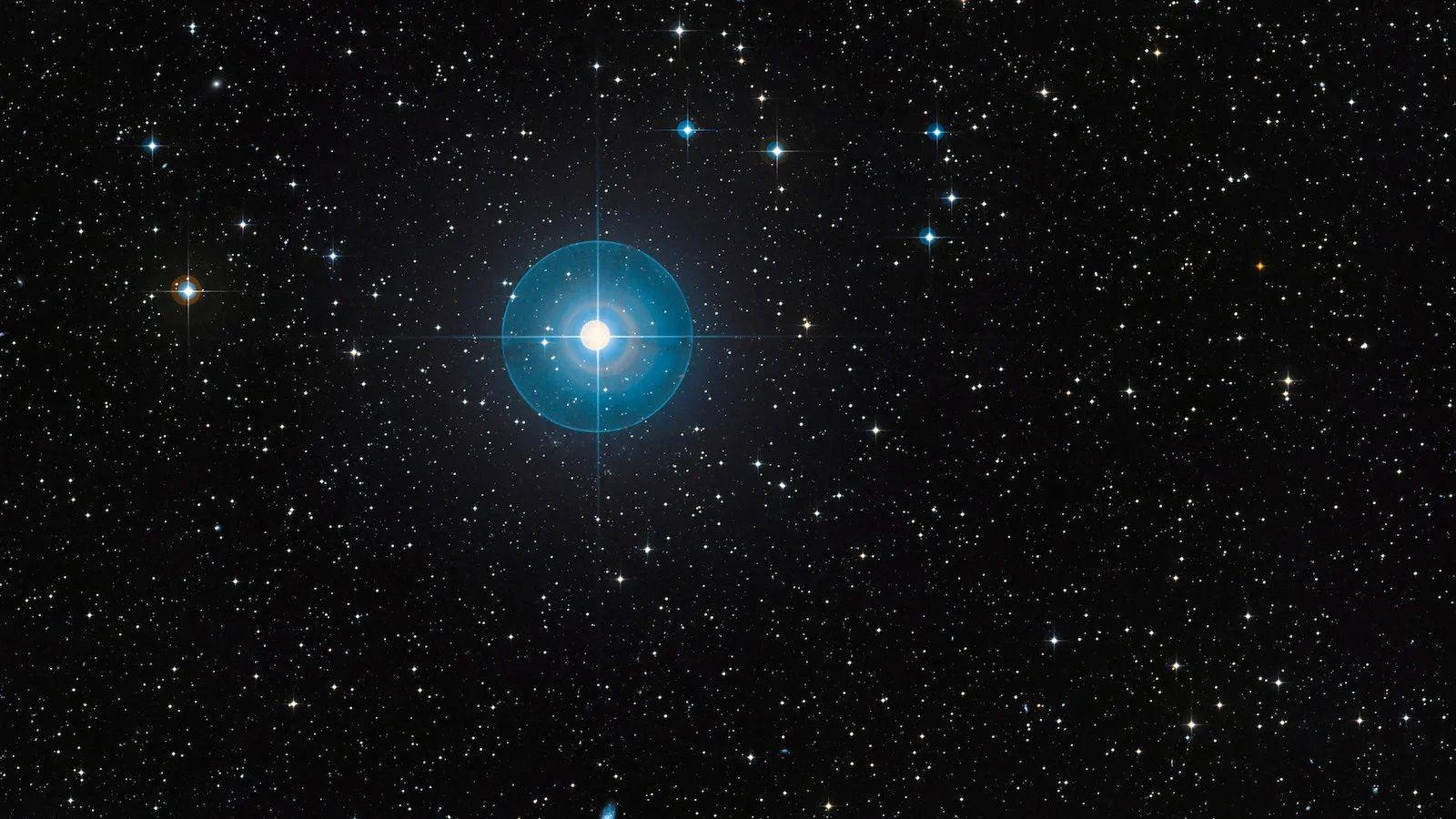
Beta Pictoris is around 20 to 25 million years old, which is pretty young in space-terms, especially compared to our 4.6 billion-year-old solar system.
At 63.4 light-years away, it takes 63.4 years for light from there to travel to us, here.
"What we could be seeing here is basically how rocky planets and other bodies are forming in real time," said team leader Christine Chen, from Johns Hopkins University in the US.
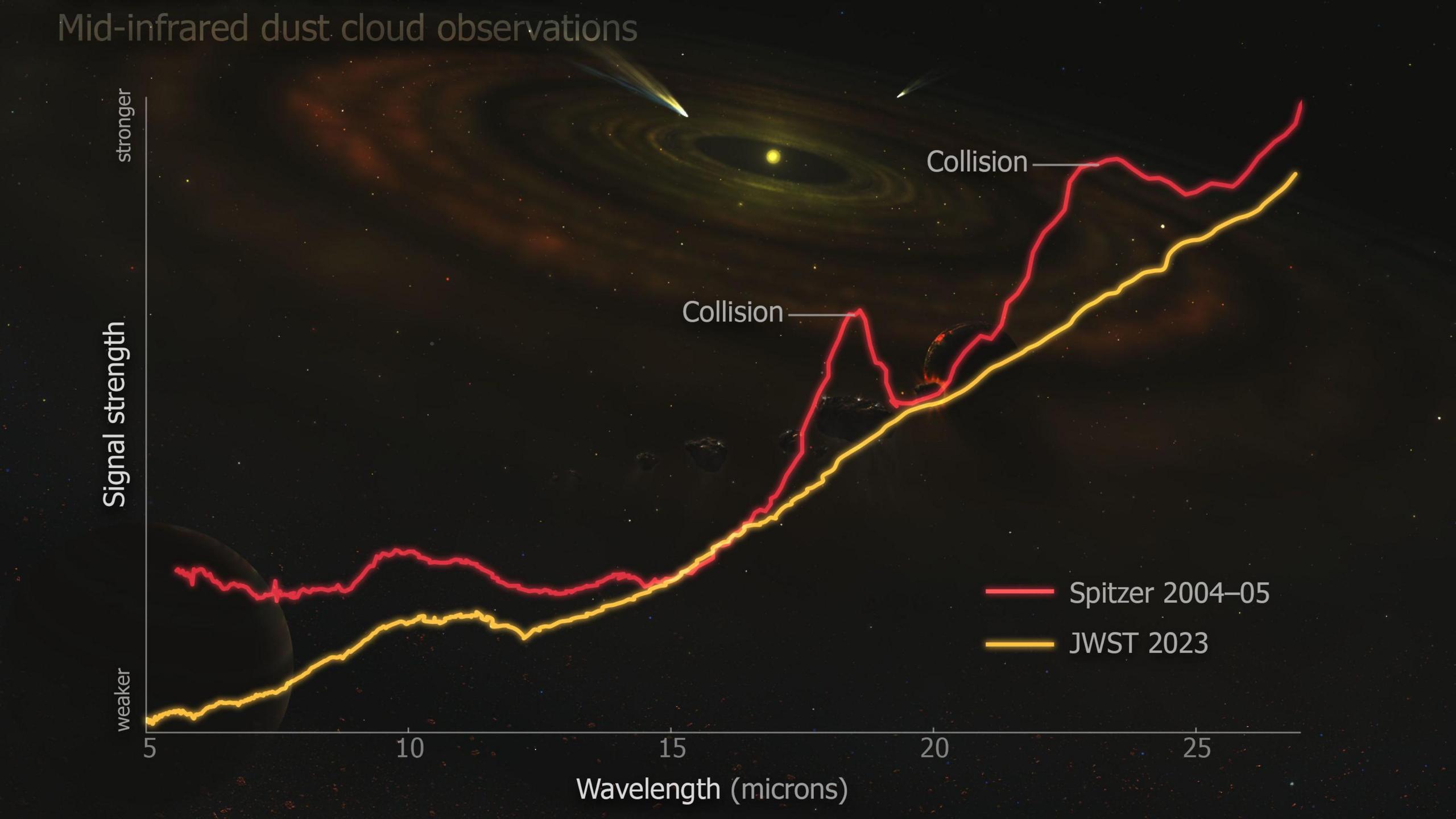
Nasa looked at data to discover when the collisions happened
How do you find an asteroid collision?
Finding an asteroid collision while looking at the space between our solar system and Beta Pictoris is incredibly difficult, as there's lots of rocks, dust and debris floating about.
The discovery involved comparisons of data from around Beta Pictoris by the JWST and another telescope named Spitzer, collected between 2004 and 2005.
It revealed significant changes in the energy signatures since research was carried out using the Spitzer telescope 20 years ago.
The experts believe that shows there was a massive collision between two asteroids or other objects.
Chen says this "cataclysmic event between large asteroid-size bodies", would have pulverising them into fine dust particles smaller than pollen or powdered sugar.
More on the James Webb:
- Published31 May 2024
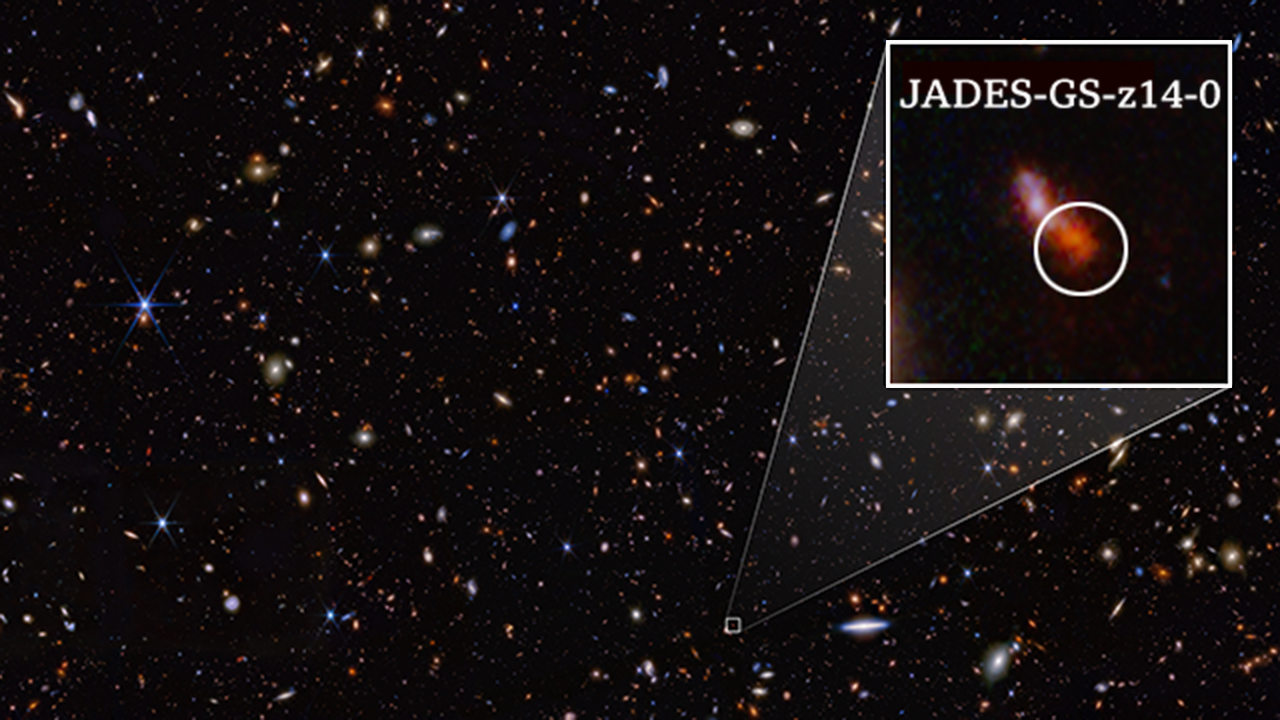
- Published1 May 2024
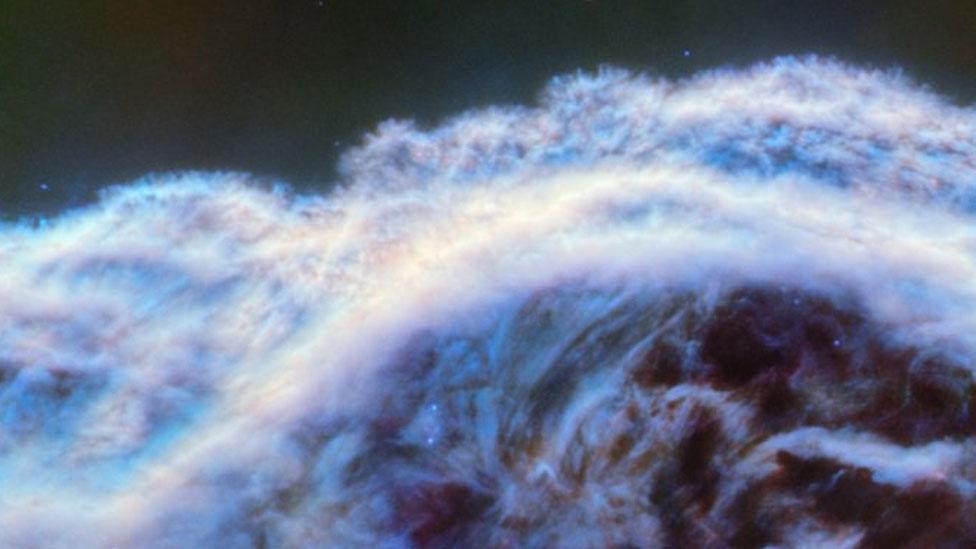
- Published25 January 2024
